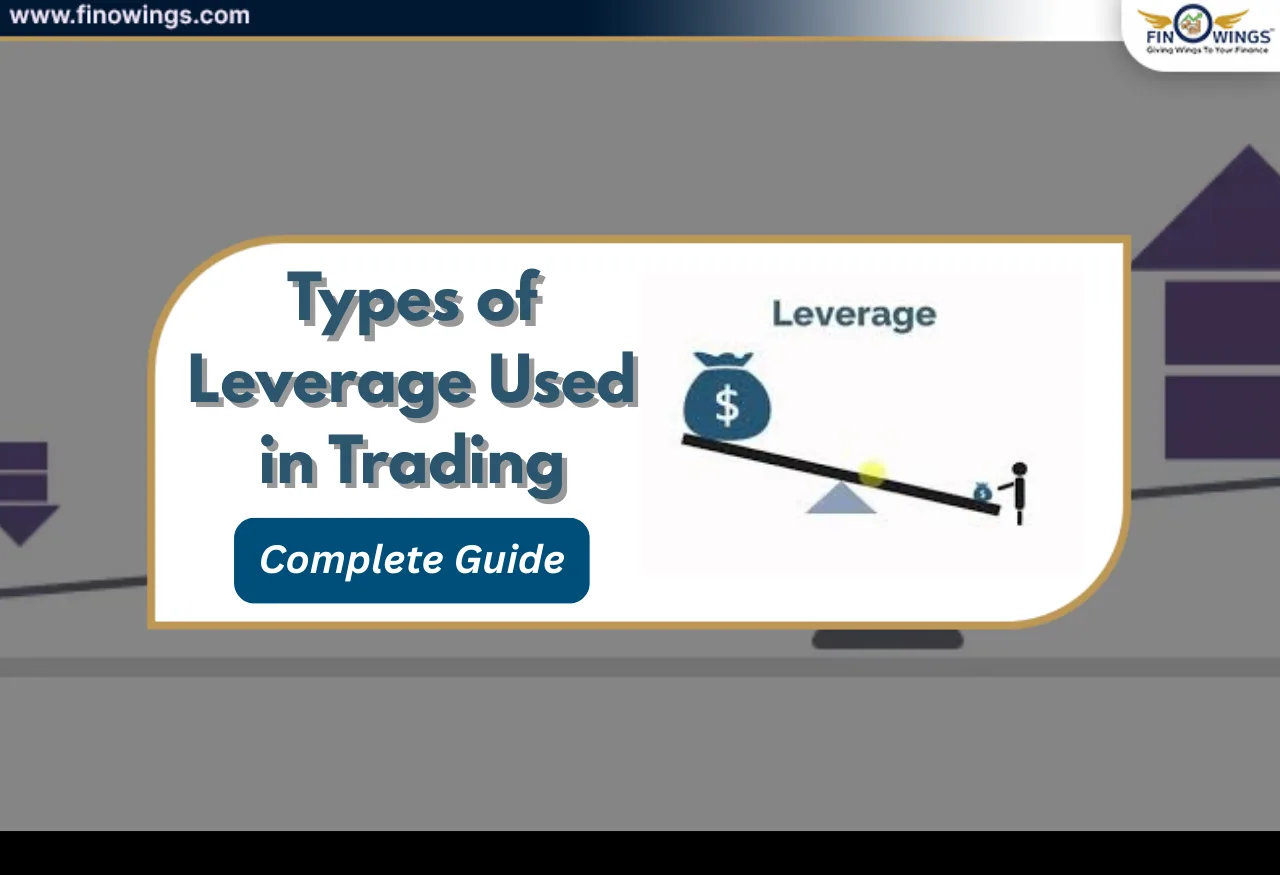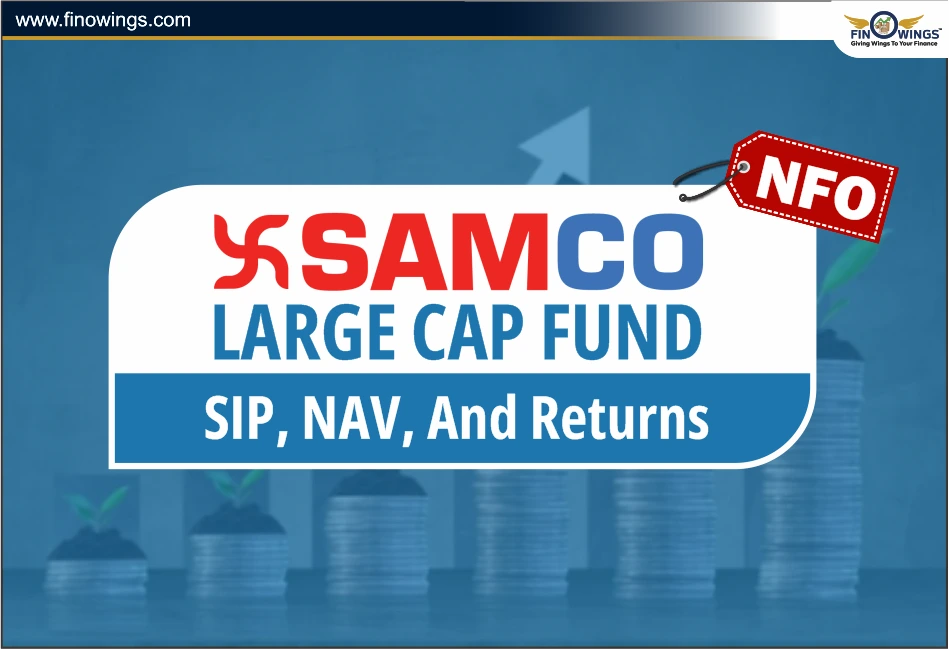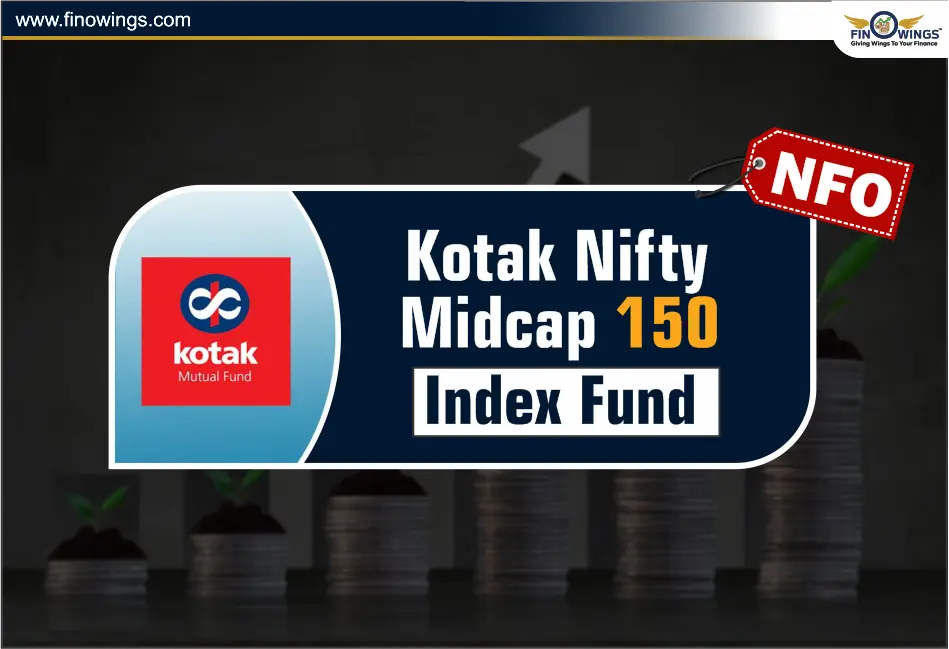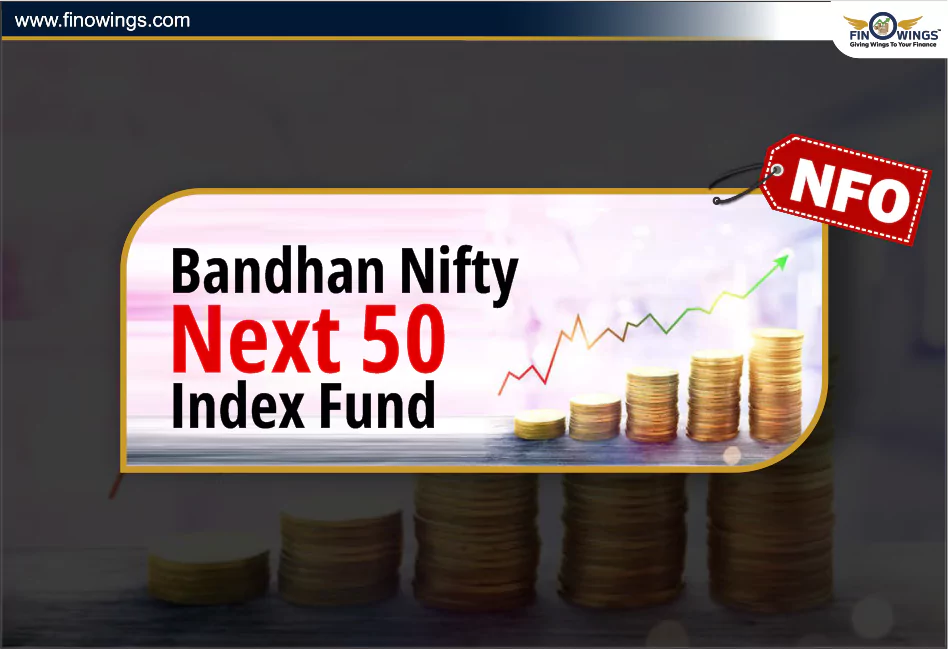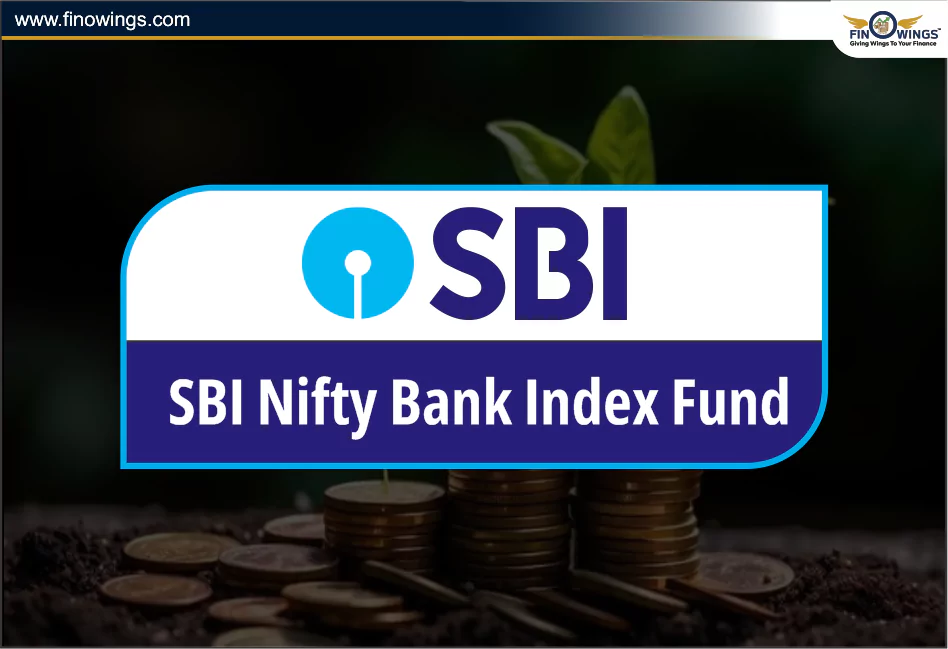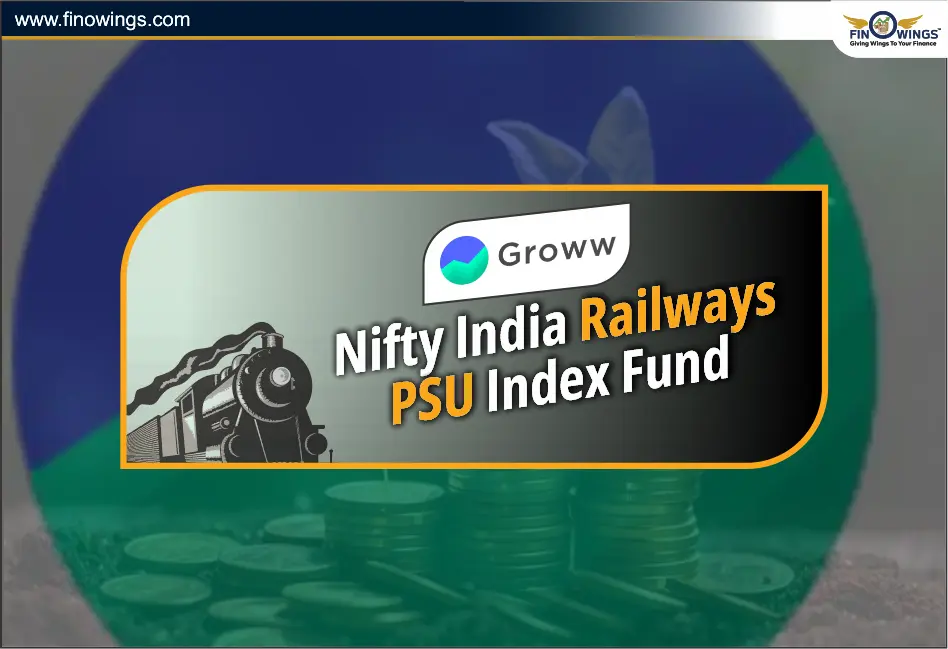Home >> Blog >> Tata Nifty Capital Markets Index Fund: Date, Review & NAV
Tata Nifty Capital Markets Index Fund: Date, Review & NAV
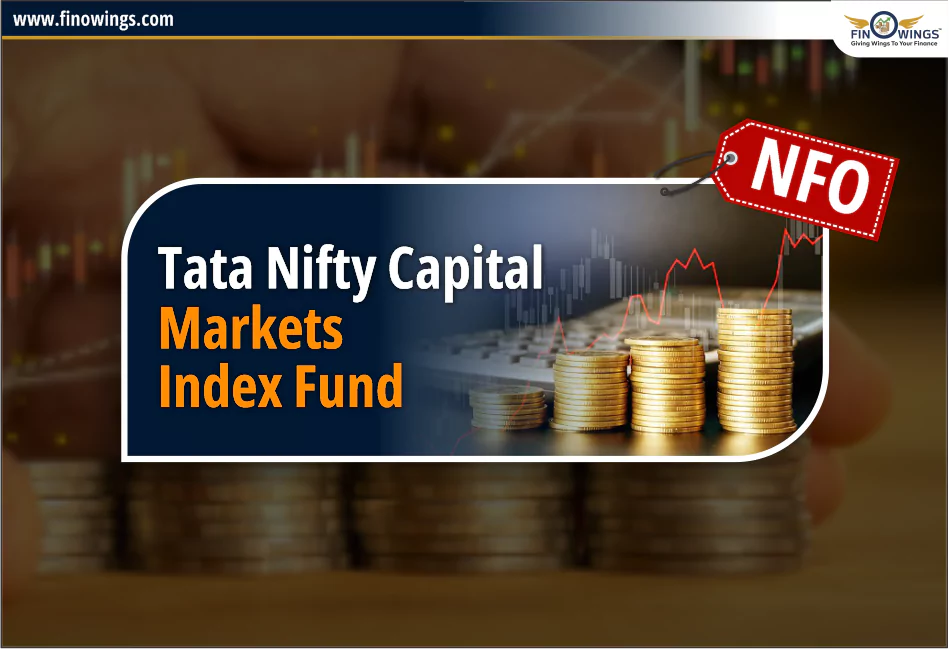
Table of Contents
- Tata Nifty Capital Markets Index Fund: Complete Overview
- Fund Objective
- Suitability of Fund
- Tata Mutual Fund Details
- Why Capital Markets now?
- What do Capital Markets Cover?
- Stock Selection Criteria
- Fund Overview
- How to Invest in The Scheme After the Closure of The NFO?
- Peers of Tata Nifty Capital Markets Index Fund
- Risk Factors In Such Funds
- Tata Nifty Capital Markets Index Fund-Fund Managers
- Conclusion
Tata Nifty Capital Markets Index Fund: Complete Overview
Tata Mutual Fund introduces India’s first Nifty Capital Markets based Index Fund, Tata Nifty Capital Markets Index Fund. The Tata Nifty Capital Markets Index Fund would invest in 20 stocks from the parent Nifty 500 Index representing capital markets business lines such as exchanges, depositories, stock broking, and distribution of financial products.
The cap for the index is 20% per stock. Diversification and risk management are ensured through weighting based on free-float market capitalization. Under Tata AMC the price is set at Rs.5000 and available for subscription from October 07, 2024, to 21 October 2024. This open-ended scheme will track the Nifty Capital Markets Index TRI.
The Tata Nifty Capital Markets Index Fund will track the performance of companies that form part of the Nifty 500 Index and constitute the capital market system-including asset management companies, stockbrokers, exchanges, and data platforms.
“India’s capital markets have seen tremendous growth in recent years. The mutual fund industry’s AUM crossed Rs.65 lac crore in August 2024"-Anand Vardarajan, Chief Business Officer, Tata AMC.
The Scheme’s assets allocation shall be 95 to 100% in Securities covered by the Nifty Capital Markets Index and 0 to 5% in debt and money market instruments including units of mutual funds.
This mutual fund scheme reopens for sale and repurchases on or before 30 October 2024 and carries a very high risk.
Fund Objective
The Scheme is intended for investors who want to gain from businesses leading the way in India's capital market development.
For more information about this new NFO Mutual Fund keep reading.
Suitability of Fund
Suitable for such individuals who want to invest in equity and equity-related instruments comprising of Nifty Capital Markets Index for long-term wealth growth.
Scheme Plan:
Tata Nifty Capital Markets Index Fund-Direct
Tata Nifty Capital Markets Index Fund-Regular
Tata Mutual Fund Details
-
AUM of Rs.1,47,169.65 crore as of 31 March 2024.
-
Tata Sons Ltd. owns 67.91% of TAML, while Tata Investment Corporation Ltd. owns 32.09% of the Shares.
Why Capital Markets now?
-
Structural Shifts.
-
Growing income and a move toward stocks.
-
Growing Number of Initial Public Offerings.
-
Markets that are underrepresented.
Structural Shifts: Key Reasons
-
Mutual fund folios doubled in five years at 20 crores in August, while mutual fund assets soared 35% to a new peak in the fiscal year 2024.
-
India now has more than three times as many demat accounts as it did five years ago.
Shifts from Physical to Financial Assets
Financialization of savings: By the end of this decade, household savings are predicted to rise from $650 billion to $1 trillion annually.
What do Capital Markets Cover?
-
Stock Exchanges
-
Stockbroking Entities
-
Wealth Managers
-
Clearance and Settlement
-
Depository
-
Registrar and Trading Agents.
Stock Selection Criteria
Top 20 qualified stocks determined by averaging market capitalization over the last six months (subject to availability)
Compulsory Inclusion
If the non-member eligible stock's 6-month average free-float market capitalization is at least 1.5x greater than the six-month average free-float market capitalization of the smallest index constituent, it will be required to be included in the index.
Click Here To Stay Updated With The Upcoming NFO.
Fund Overview
|
Start Date |
07 October 2024 |
|
End Date |
21 October 2024 |
|
Allotment Date/Subscription Date/Re-open Date |
The scheme reopens on or earlier than 30 October 2024, for continuous sale and repurchase. |
|
VRO Rating |
- |
|
Expense Ratio |
Nil |
|
Exit Load |
0.25% if units are redeemed within 15 days. |
|
AUM |
Rs.1,47,169.65 crore. |
|
Lock-in |
NA |
|
Stamp Duty |
0.005% (From July 1st 2020) |
|
Benchmark(s) |
Nifty Capital Markets Index (TRI). |
|
Min. Investment |
Rs.5000. |
|
Risk |
Very High Risk |
|
Short-Term Capital Gains (STCG) |
For less than 1 year, a 20% Tax is applicable. |
|
Long-Term Capital Gains (LTCG) |
For more than 1 year, a 12.50% Tax is applicable on a return of above Rs.1.25 lac in a year. |
How to Invest in The Scheme After the Closure of The NFO?
If you have missed participating in the NFO and now want to invest in the same Scheme on a continuous basis, then on or before 30 October 2024, when the Scheme will reopen; you will have the option to participate and invest directly in the Mutual Fund by spending at NAV based price by logging on to your Demat account and search for “Tata Nifty Capital Markets Index Fund” or directly with the AMC or simply click the ‘Banner’ below.
Asset Allocation (% of Total Assets) of the Scheme's portfolio will be as follows:
|
Types of Instruments |
Minimum Allocation (% of Total Assets) |
Maximum Allocation (% of Total Assets) |
|
Securities covered by the Nifty Capital Markets Index. |
95 |
100 |
|
Debt and money market instruments including units of mutual funds. |
0 |
5 |
Peers of Tata Nifty Capital Markets Index Fund
Since this is the first Scheme in its category and benchmark, hence no peers are available.
Risk Factors In Such Funds
-
At least 95% of the Scheme's net assets, which are passively managed, shall be invested in equity and equity-related instruments, which include the Underlying Index.
-
The purpose of the index is to represent the conduct and output of the businesses that make up the basic industries, such as stock broking and related services, mutual fund schemes, asset management firms, distributors of financial products, exchanges, and data platforms, and other related services to the capital market. The concentration is expected to be high in companies that belong to that sector, topic, or industry because the Scheme aims to invest in equities or equity-related instruments of the companies belonging to that sector, theme, or industry. The risk of capital loss is greater for sectorial or themed plans due to the high concentration risk.
-
Unpredictable market cycles exist and have the potential to last for long times. Permanent capital loss may result from regulatory changes, obsolescence-related value loss, or structural rigidity of the plan.
-
There is a clear relationship between the economy's performance and that of the sector or topic. The industry or topic is susceptible to negative effects on both the domestic and international economies. Events like a recession, war, monsoon, politics, etc. could negatively impact the topic or sector.
Tata Nifty Capital Markets Index Fund-Fund Managers
-
Kapil Menon.
Conclusion
The fund will track the Nifty 500 Index companies and groups within the overall capital market ecosystem of the nation. Such groups include AMCs, stockbrokers, and exchanges along with data platforms. The Tata Nifty Capital Markets Index Fund gives investors the chance to benefit from India's growth in capital markets by sharing in the most prominent players. It has been focused more on diversification and long-term wealth growth, thus fitting the investor who believes in the strength rising within the financial ecosystem of India. However, because of the high risk, the fund is suitable only for experienced investors ready to face market volatility.
Disclaimer: This NFO analysis is provided solely for informative purposes and should not be considered investment advice. Always conduct research and talk with a financial advisor before investing.
b
Author
Frequently Asked Questions
The Scheme seeks to provide businesses leading the way in India's capital market development.
NAV expands as Net Assets Value.
Applying for any scheme is just one click away. Click here to learn more. ( mutual fund form)






